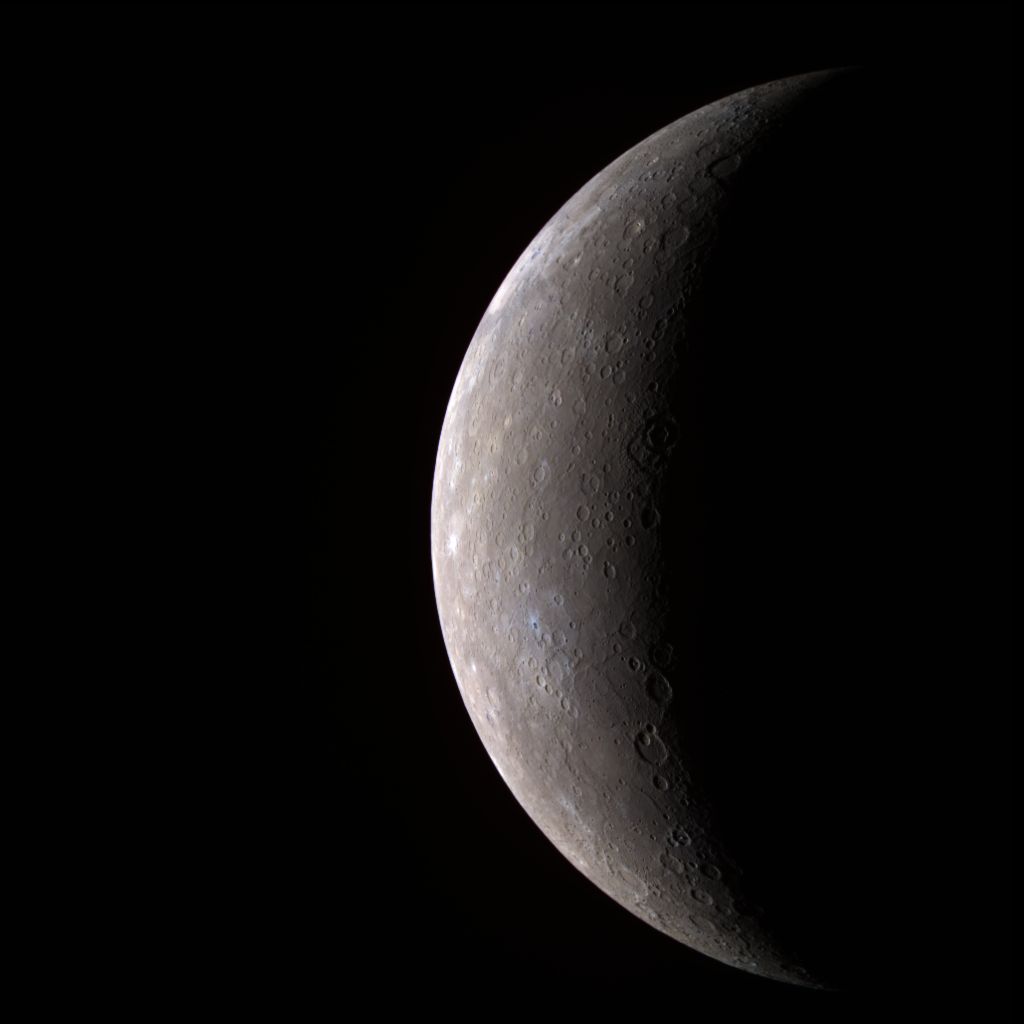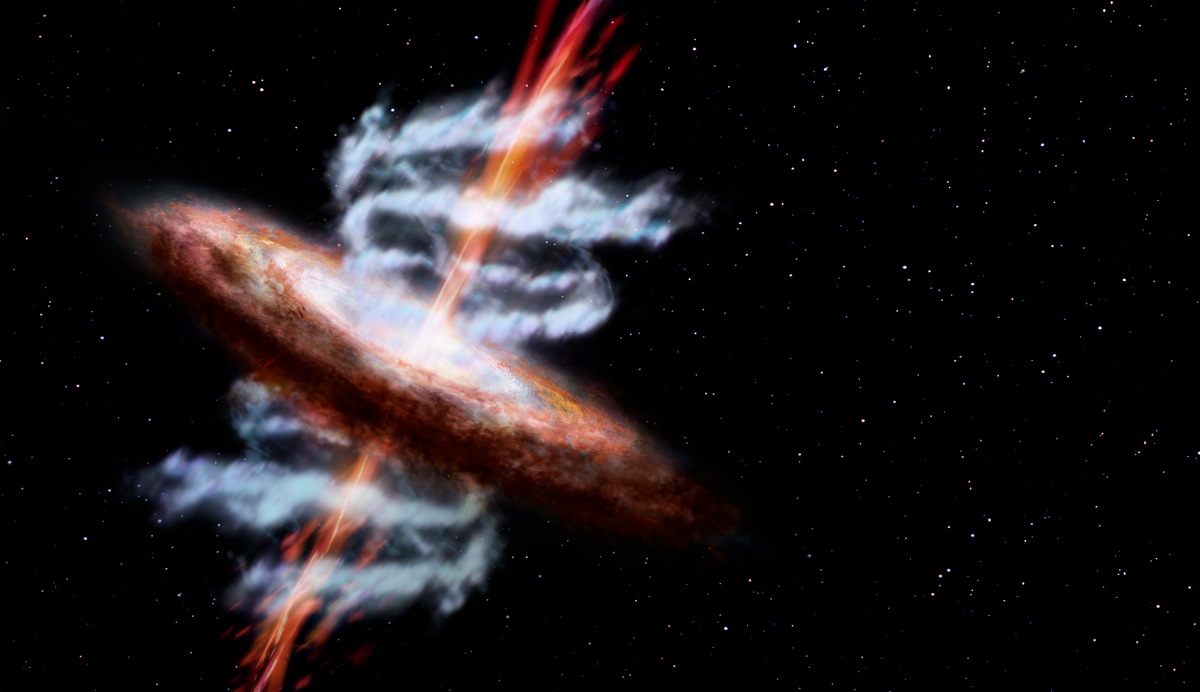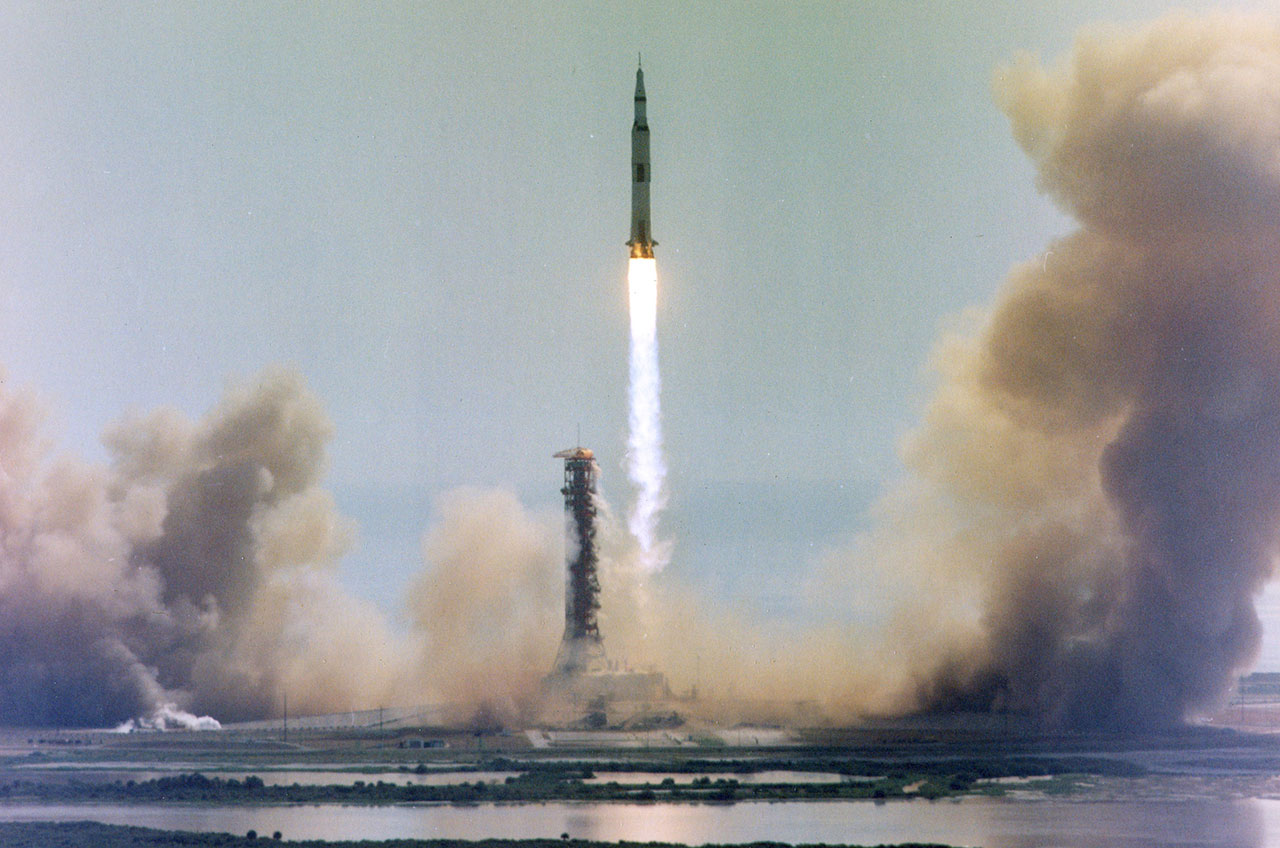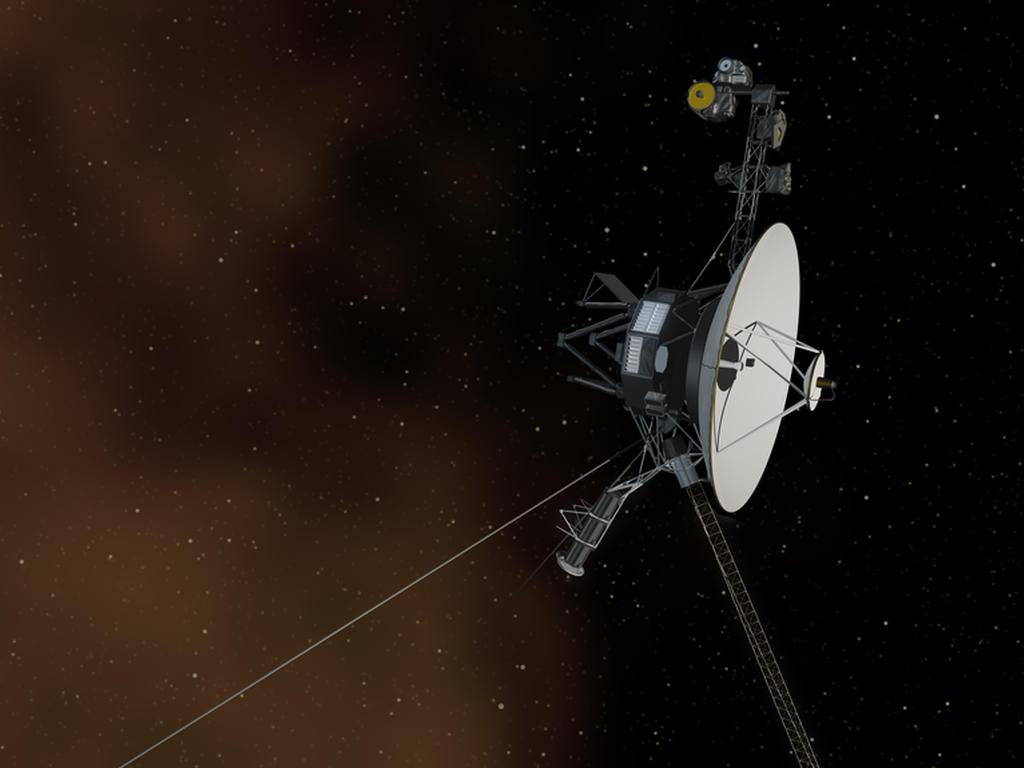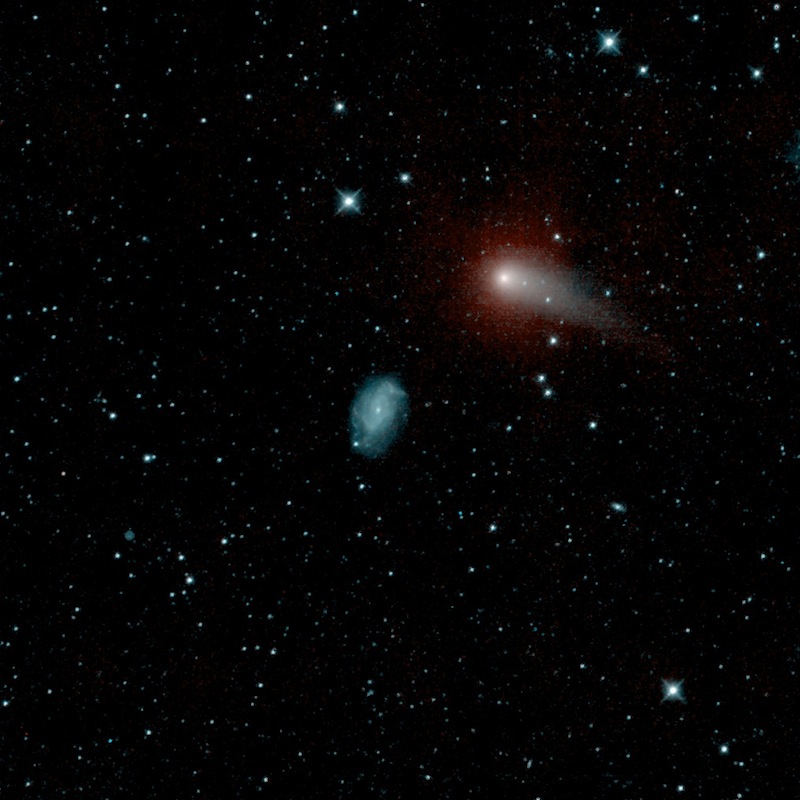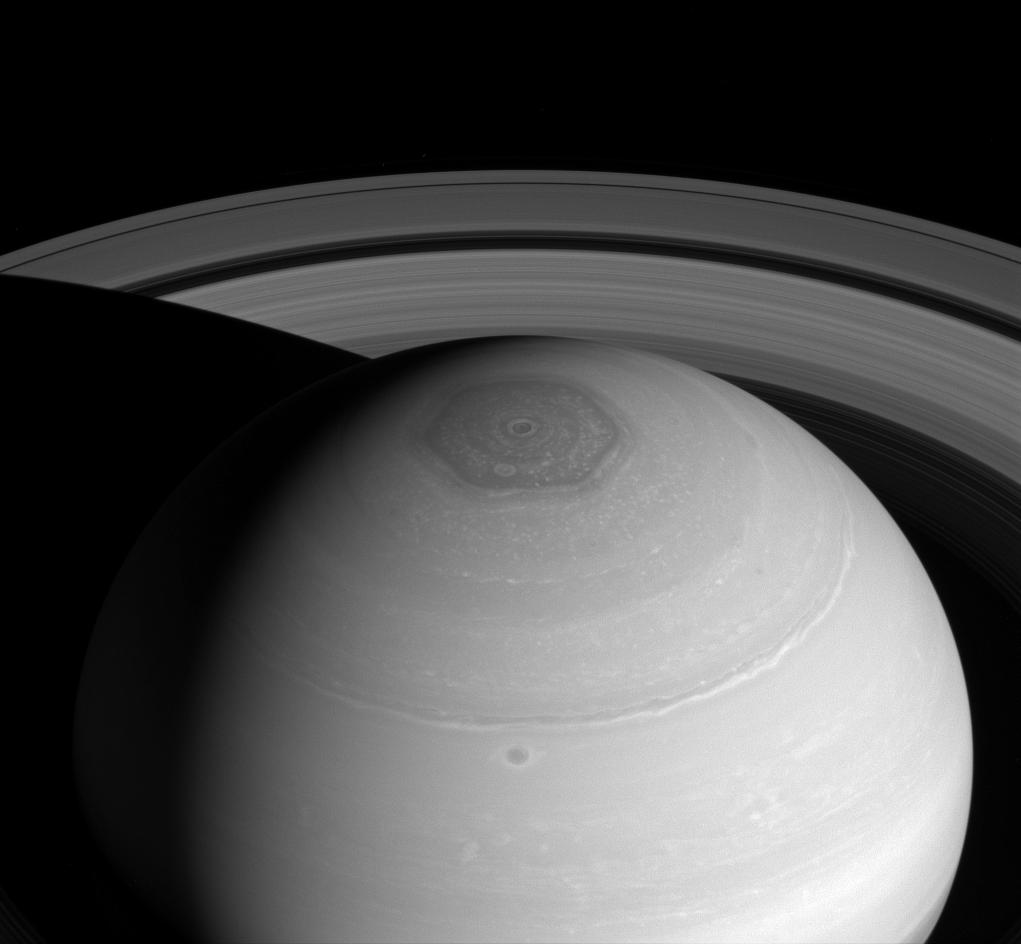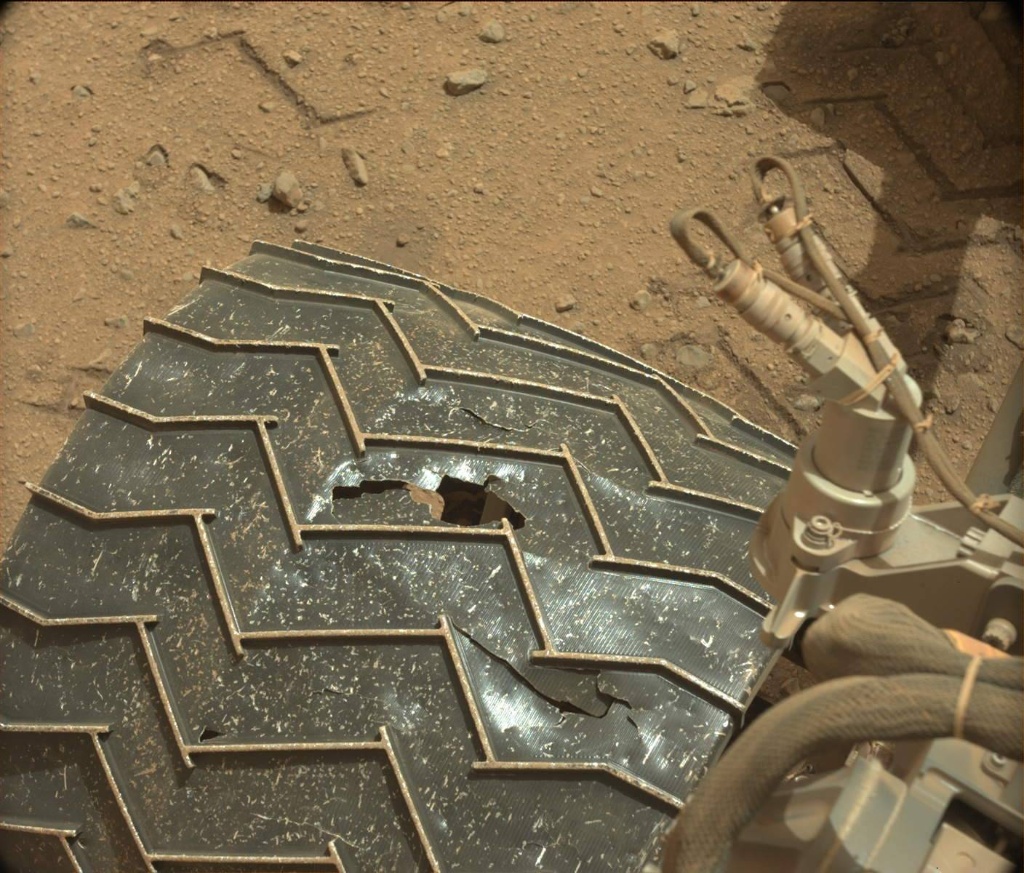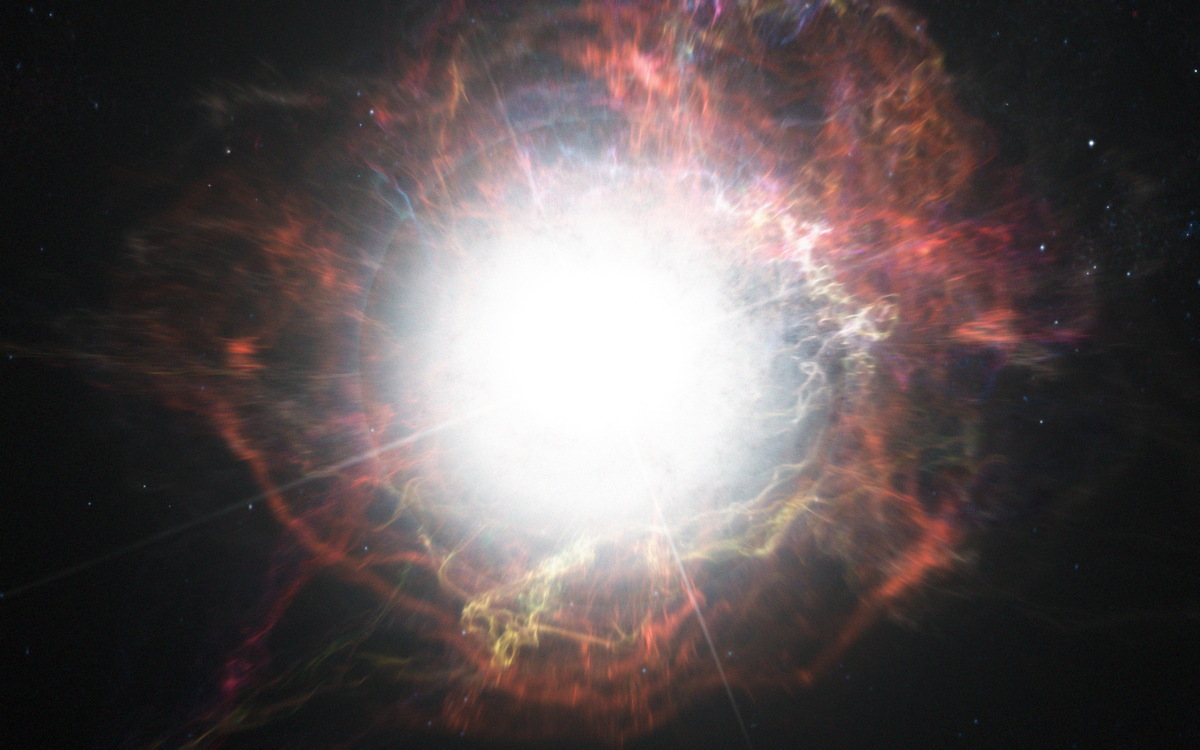Vote Now! Best Space Stories of the Week – July 13, 2014
Galactic Flyby, Distant Stars & More
Last week researchers confirmed NASA's Voyager 1 spacecraft has indeed been cruising through interstellar space, a NASA probe spotted the Pan-STARRS comet as it flew 143 million miles away from Earth, Astronomers discovered the farthest-flung stars yet known in the Milky Way. See the best stories from last week here.
FIRST STOP: Did Huge Impact Shape Planet Mercury?
Did Huge Impact Shape Planet Mercury?
The mysterious makeup of the solar system's innermost planet may be due to a massive "hit and run" collision billions of years ago, a new study reports.
[Full Story]
NEXT: Europe Targets Black Holes with Next Big Space Mission
Europe Targets Black Holes with Next Big Space Mission
Europe's next big space mission will study supermassive black holes, gamma-ray bursts and other aspects of the high-energy universe.
[Full Story]
NEXT: Moonwalker Buzz Aldrin Launches Campaign for 45th Apollo 11 Anniversary
Moonwalker Buzz Aldrin Launches Campaign for 45th Apollo 11 Anniversary
Buzz Aldrin, the second man on the moon, is launching a social media campaign asking people around the world to share their memories of his historic landing that took place 45 years ago this month.
[Full Story]
NEXT: Confirmed: Voyager 1 in Interstellar Space
Breaking space news, the latest updates on rocket launches, skywatching events and more!
Confirmed: Voyager 1 in Interstellar Space
New data collected by NASA's Voyager 1 spacecraft confirm that the far-flung probe is indeed cruising through interstellar space, researchers say.
[Full Story]
NEXT: Big Dipper Hotspot May Help Solve 100-Year-Old Cosmic Ray Mystery
Big Dipper Hotspot May Help Solve 100-Year-Old Cosmic Ray Mystery
Scientists have recently found a cosmic ray ‘hot spot’ below the Big Dipper.
[Full Story]
NEXT: Comet Makes Spectacular Galactic Flyby (Video)
Comet Makes Spectacular Galactic Flyby (Video)
A NASA probe recently spotted the Pan-STARRS comet as it flew 143 million miles away from Earth, passing in front of another galaxy in the constellation Ursa Major.
[Full Story]
NEXT: Saturn's Rings, Hexagon on Display in Amazing Photo
Saturn's Rings, Hexagon on Display in Amazing Photo
A spacecraft exploring Saturn and its many moons has captured an amazing photo of the planet's swirling vortex, weird hexagon and distinctive rings.
[Full Story]
NEXT: How Wheel Damage Affects Mars Rover Curiosity's Mission
How Wheel Damage Affects Mars Rover Curiosity's Mission
It doesn’t appear that NASA’s Curiosity Mars rover will get AAA roadside assistance anytime soon. But it needs it. The one-ton, six-wheeled Mars Science Laboratory’s robot has been driving across the red planet since its landing in August 2012.
[Full Story]
NEXT: Name an Alien Planet: Voters Wanted to Christen Strange New Worlds
Name an Alien Planet: Voters Wanted to Christen Strange New Worlds
Officials with the International Astronomical Union are asking people on Earth to name exoplanets as part of a competition starting in 2015.
[Full Story]
NEXT: Violent Star Explosion Reveals Origins of Space Dust
Violent Star Explosion Reveals Origins of Space Dust
Scientists have found that cosmic grains of dust can form in supernova explosions and survive the shockwaves created by the powerful explosions afterward.
[Full Story]
NEXT: Vintage NASA Spacecraft May Be Out of Gas, Private Team Says

Space.com is the premier source of space exploration, innovation and astronomy news, chronicling (and celebrating) humanity's ongoing expansion across the final frontier. Originally founded in 1999, Space.com is, and always has been, the passion of writers and editors who are space fans and also trained journalists. Our current news team consists of Editor-in-Chief Tariq Malik; Editor Hanneke Weitering, Senior Space Writer Mike Wall; Senior Writer Meghan Bartels; Senior Writer Chelsea Gohd, Senior Writer Tereza Pultarova and Staff Writer Alexander Cox, focusing on e-commerce. Senior Producer Steve Spaleta oversees our space videos, with Diana Whitcroft as our Social Media Editor.

